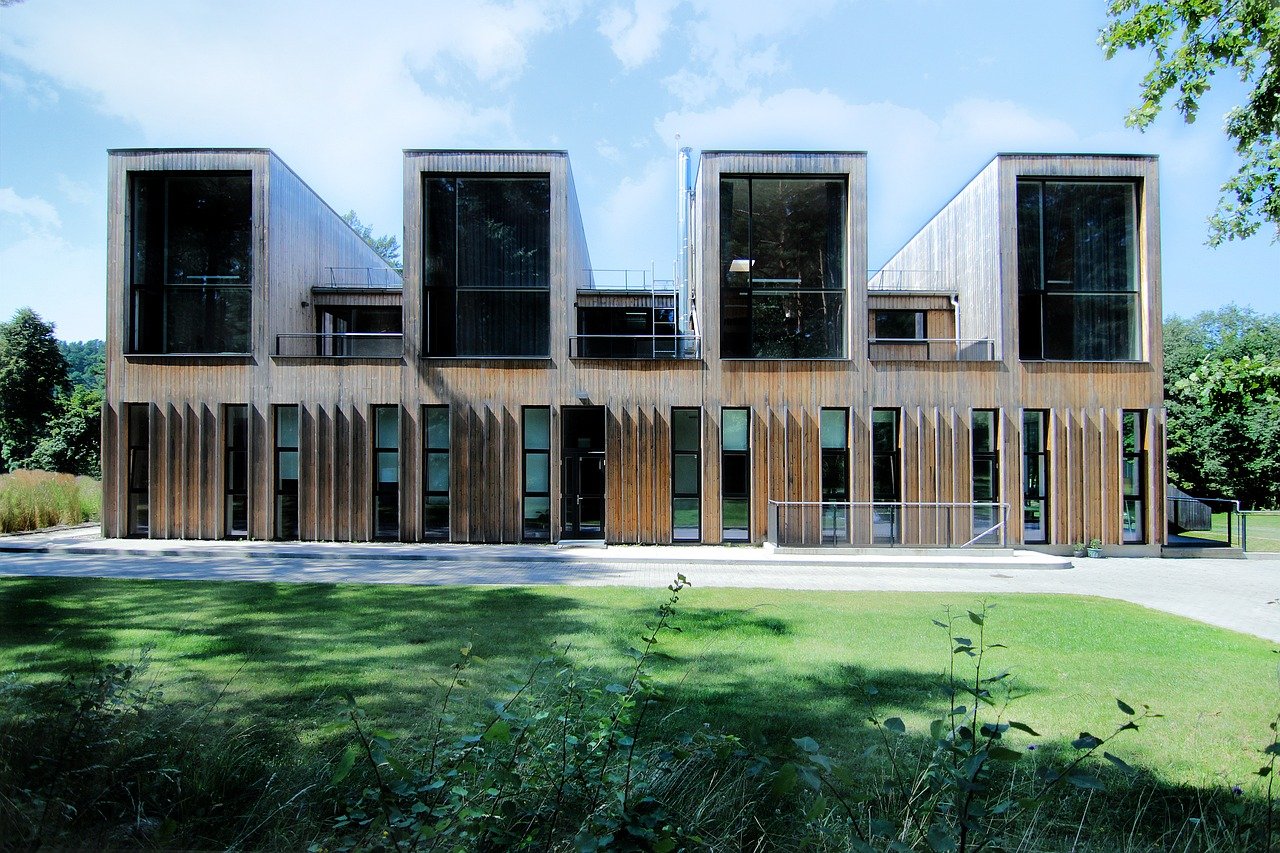With homes and non-domestic buildings contributing to over a third of the total emissions in the UK; Enhanced energy efficiency, occupant comfort, long-term value, and the obligation to protect the environment for future generations, is vital for the built environment. To help achieve the UK’s net zero carbon emissions target, it’s inevitable our existing, and new homes and buildings will need to become sustainable.
The UK has previously used other initiatives, such as The Code For Sustainable Homes, but these frameworks have expired and some of the attributes of those various standards were incorporated into revised Planning Policies or Building Regulation legislations.
The new standard will aim to see new homes and other buildings decarbonised with improved heating and hot water systems, and reduced heat loss. New low-carbon technologies will replace inefficient systems, and will include more of a fabric first approach, such as high-quality structural materials and insulation, glazing standards will be increased to triple glazing, and heating technology improved to low-carbon heat pump options where needed.
These features, together with new regulations for retrofitting existing homes and other buildings, will help achieve net zero by the national target year of 2050. Many Designers have been successfully achieving zero carbon buildings for private and public clients, and consultations to the Government have reported the same. It is not yet clear why the Government do not want to deliver zero carbon standards now. But, under the new legislation, there will be a significant improvement on the standard for extensions, making homes warmer and reducing the consumption of energy, in turn reducing bills. The requirement for replacement of building parts, are to be more energy efficient. This includes the replacement of windows and building services, such as heat pumps, cooling systems, or fixed lighting.
The technical details of the new standards are still in development, but in 2025, following various consultations, compliance of The Future Homes And Buildings Standard will become mandatory.
Although the new standards have yet to be fully implemented, to deliver improved construction practices ready for 2025, the Government are actively phasing in The Future Homes And Buildings Standard. Since June 2022, new legislation has been introduced, including an uplift to Ventilation in Part F of the Building Regulations to achieve increased standards. The need for additional ventilation, and indoor air quality monitoring in high-risk non-domestic buildings such as offices and gyms became obvious from the learning of COVID-19, to help reduce the risk of infection spreading indoors. Raised specifications to Part L set out minimum energy efficiency performance targets for building airtightness requirements, and improved insulation standards, and the introduction of Part O in residential buildings, aiming to mitigate against overheating. It is thought implementing these measures achieve around 31% less carbon emissions for new homes than under the previous measures outlined in the Building Regulations. In addition to this, the standards help market participants, value the positioning of property assets in the transition of future sustainable real estate.
There are some concerns that this new introduction will increase build costs initially, but this could be offset against the long-term benefits for end users of greener homes and buildings, because an increase in energy efficiency, reduces the costs of energy bills and contributes to a cleaner environment promoting health and well-being. This will be felt not just locally, but globally. It could be, that over time, new standards will stimulate a drive down in current costs for energy efficient building fabrics, materials, and renewable technologies, and will organically create new jobs and opportunities.
Stakeholders’ critical analysis of the new standards have emphasized that a target of producing 75-80% less carbon emissions from homes, compared to current measures does not go far enough, and a drive to employ a complete fabric first approach that utilises the principles of the Passivhaus standard is key to achieving net zero targets. Given that Scientists have warned just this month that the world is expected to breach the 1.5C climate threshold by 2027, it’s likely the proposed timeline of UK measures, in relation to our homes and buildings is inadequate. It is also important to note, rather than the proposal of a comparative performance gap; buildings embodied carbon and operational energy, otherwise known as whole-life carbon should be assessed, which would be more appropriate to determine how efficient new buildings can perform.
The UK’s housing, and other non-domestic building stock is largely unfit for the current and future climate crisis, however, if the design and application of these new standards incorporate sustainable solutions, it will be encouraging for a net zero carbon future.

